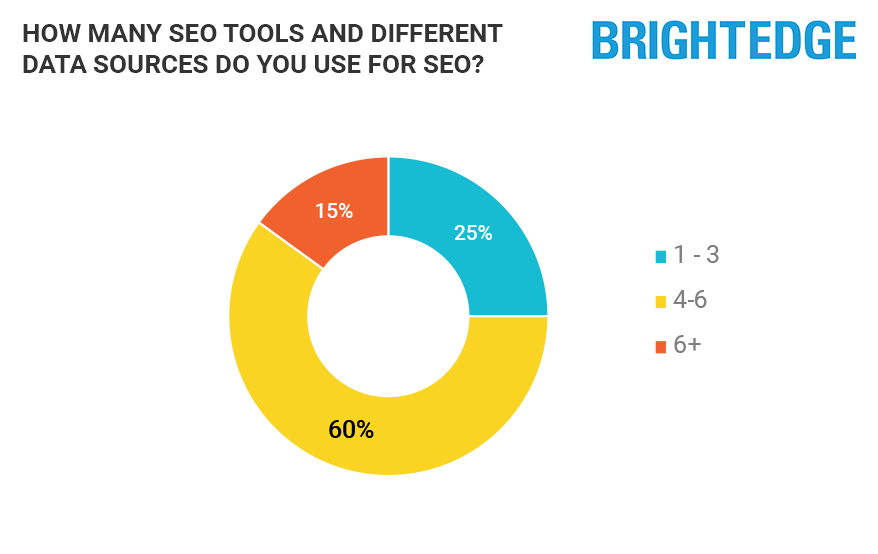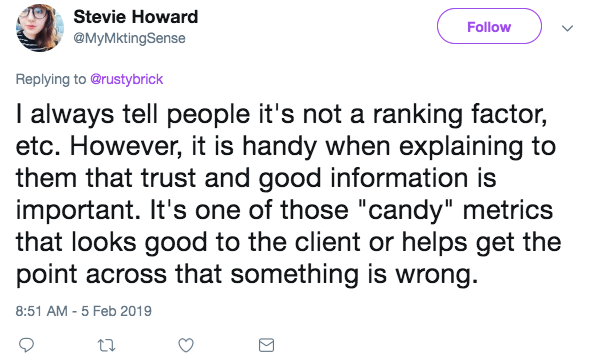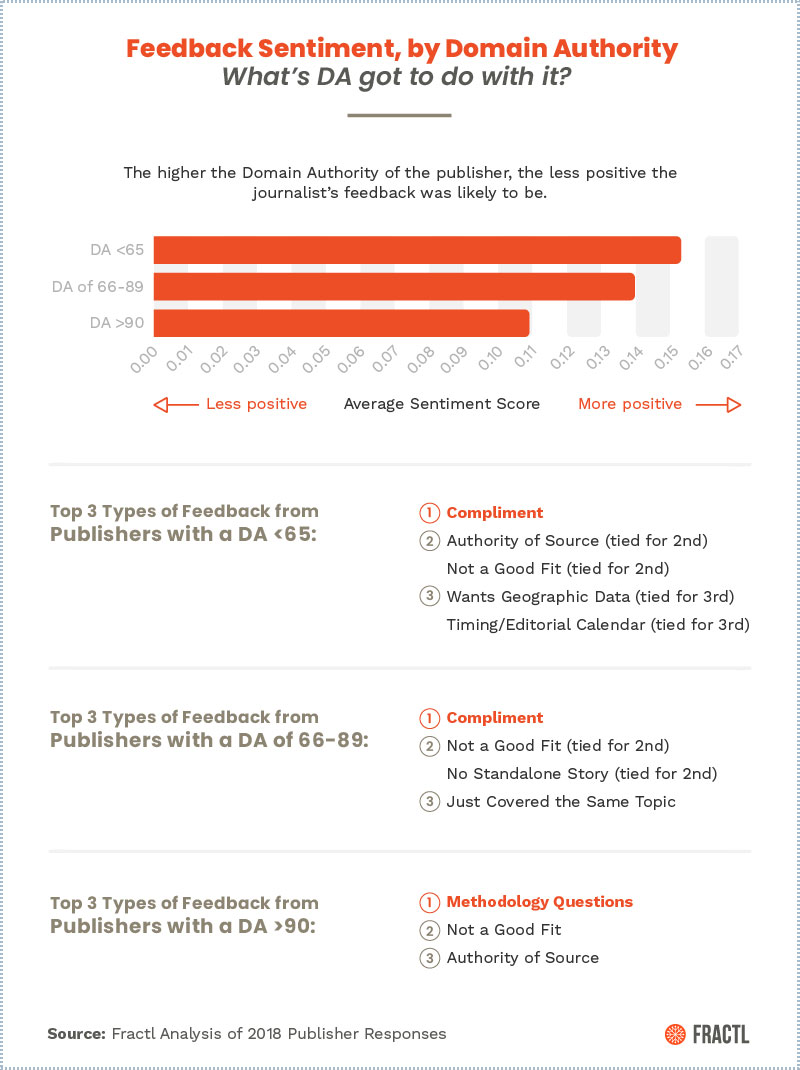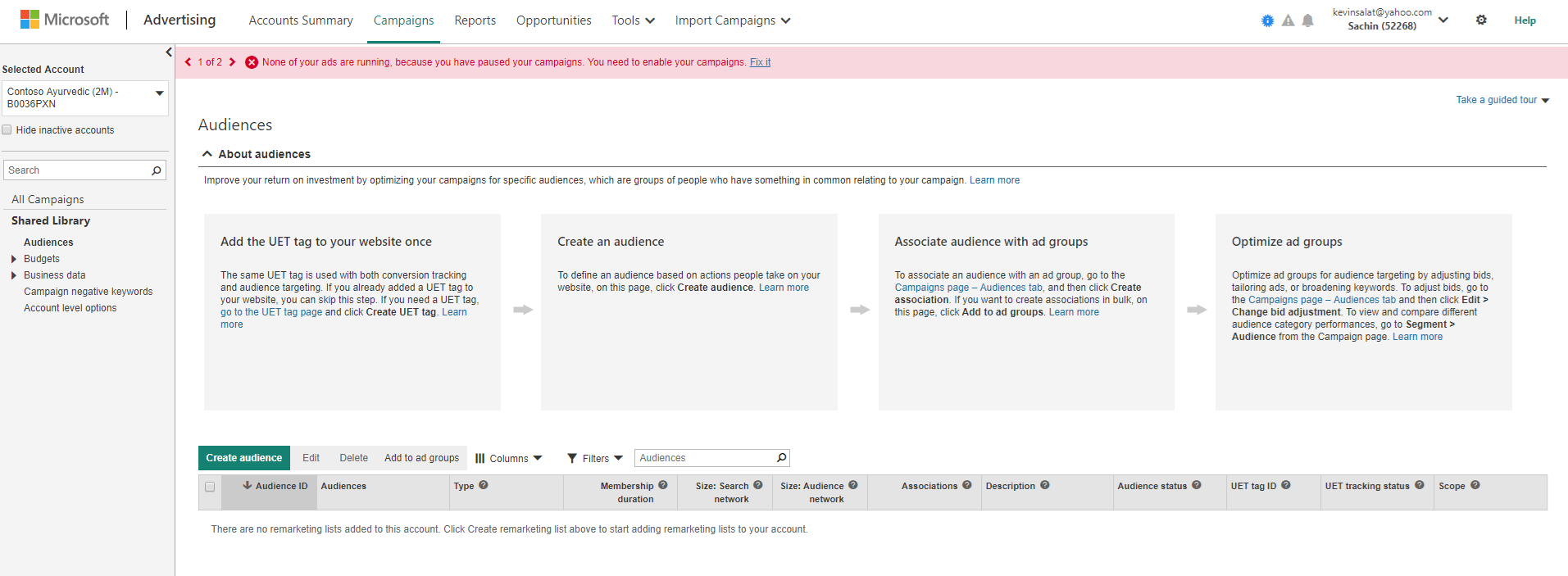
The shift to real-time data analysis and optimization has supercharged marketing in a way that frankly should have SEOs on the edge of their seats.
As organizations struggle to make sense of and activate their data, SEOs can combine their deep experience with massive amounts of data to make smarter business decisions and have an edge. Things are about to get real, very real.
Automation in marketing no doubt was (and still is) a game-changer for consultancies, agencies, and clients. Straight-up automation brought efficiency and order to the workflow. Now, you can expand your capabilities even further with the AI layer.
According to a study by the Economist, 75% of executives say AI will be “actively implemented” in companies within the next three years. Business leaders aren’t feeling so great about how it’s being implemented, though. Although 92% of C-level executives with some of the world’s biggest brands recently reported that the pace of their big data and AI investments are accelerating, 77% also said that business adoption of AI initiatives is a major challenge.
Where’s the disconnect? It’s telling that 93% of those interviewed identified people and process as obstacles. In this post, we’re going to explore the different ways SEOs can lead the charge in AI-powered insights and optimizations. We are entering a new era of real-time SEO and insights are being powered by machine learning and AI.
Understanding the opportunities in evolving SERPs
Google has gone all-in on AI, and it’s driving increasingly complex yet engaging and functional enhanced search results. With RankBrain, Google uses machine learning to analyze the context of content and serve more accurate organic search, image, and video results.
How does it work? Roger Rogerson dug up a succinct explanation in a recent column:
“… RankBrain uses artificial intelligence to embed vast amounts of written language into mathematical entities — called vectors — that the computer can understand. If RankBrain sees a word or phrase it isn’t familiar with, the machine can make a guess as to what words or phrases might have a similar meaning and filter the result accordingly, making it more effective at handling never-before-seen search queries. …”
– Greg Corrado, from Bloomberg’s: Google turning its lucrative web search over to AI machines
RankBrain isn’t just using natural language processing (NL) to better understand the intent behind each query. It’s converting words to data, plotting it on a chart, and examining the relationships that exist between terms. What it “learns” then drives rankings and different types of results in the blink of an eye for each new query.
How can you use this to your advantage?
- Content optimization is more important than ever. The bar for quality is high, and Google needs to be able to see how each piece of content, whether text, image, or video is the best answer for specific types of queries. But optimizing content once, before it’s published, isn’t going to cut it anymore. SEOs need AI-powered automation to audit site content, resolve errors, and suggest new optimizations on an ongoing basis, based on real-time data, and consumer behaviors.
- Automate competitive research and find opportunities to increase your share of voice with smart monitoring that identifies content that is outranking yours. See exactly where you need to build out content and what it needs to include in order to regain your rankings.
- Stay ahead of SERP changes with AI-powered analysis. By the time you manually evaluate the SERPs that Google returns for even a few keyword phrases, you’re making optimizations based on old data. Get ahead of the game with real-time SEO insights that tell you exactly what you need to do to take over competitors on the terms that offer your greatest opportunities.
Making smarter optimizations with AI-powered insights
A typical SEO practitioner uses six separate tools cobbled together and spends four hours a day on research, reporting, and analysis. This is no longer necessary, though. BrightEdge Instant for example (disclosure, my company’s innovation) provides marketers with real-time recommendations and data so marketers take action to optimize content, all within one unified platform.
![]()
Voice-enabled technologies, now used in more than 20% of mobile queries, are one opportunity you can’t afford to overlook. Amazon Alexa, Google Assistant, and other digital assistants rely on AI to converse with consumers and respond to their needs. You need to understand the conversational journey and the next three follow-up questions someone is going to ask but are probably wading through a list of keywords from Keyword Planner. You’re manually looking for conversational searches or turning to a point solution with display-only capabilities (without search volume) that is disconnected from your SEO workflow.
SEOs need to be able to analyze when and why people use voice search in order to provide the types of answers digital assistants can use. Structured data is a great way to achieve this, but right now more than 80% of the world’s data is unstructured (SEW offers a guide to help you get started here).
Keyword research is another opportunity to save time and improve performance by working AI into your workflow. Given the large proportion of queries that Google says have local intent, you need to understand the location for every part of your business worldwide. For businesses with hundreds of thousands of locations worldwide, it’s impossible to accurately research and report on keyword performance in each of your key markets. Using an AI-powered tool here allows you to scale research across thousands of locations and dozens of languages, all on one platform. You can make smart, high impact decisions that give you the competitive edge quickly and seamlessly, and this is without a mess of Excel sheets.
How can you use this to your advantage?
- Make voice a reality by taking a data-driven, AI-enabled approach to understanding the conversations happening in your space. Doing so will help you identify top-of-the-funnel, awareness-generating question keywords, analyze the keyword landscape, and understand which portion of your keywords are quick answers, and which percentage you are winning.
- Look for a tool that uses the power of AI to curate the most relevant topics and keywords to go after. Automation can exponentially amplify your efforts to evaluate a seed list, but it’s the AI layer that supercharges it by understanding intent, producing and evaluating a massive list of related terms in real-time, identifying current trends, and helping you to prioritize your efforts.
- Don’t forget about video! YouTube is the second largest search engine in the world and consumers increasingly look there as part of their shopping process (especially in the early stages of their buying journey). Measuring video performance and rankings immediately and on an ongoing basis enables you to respond to real-time insights, and make optimizations to improve performance in the critical post-publication period.
SEOs cannot afford to be late adopters in the AI arena and laggards in relation to real-time SEO. Today, you need to be able to anticipate searcher needs and have technology in place to trigger the optimizations that will return your content as the top answer for relevant queries. Want to learn more? Make sure you caught my last column, Five ways SEOs can utilize data with insights, automation, and personalization.
Jim Yu is the founder and CEO of leading enterprise SEO and content performance platform BrightEdge. He can be found on Twitter .
Related reading
SEO methods and insights are supporting strategy and decision making beyond website content. Uncover the broader use of SEO intelligence in evolution.
Google Analytics is great, but here’s look at newer, less-discussed tools that can be used for on-site analytics, including Finteza, HotJar, and Text Optimizer.
Understand the best metrics for your business when it comes to SEO, view them from a technical and commercial perspective. Lots of screenshots included.



































